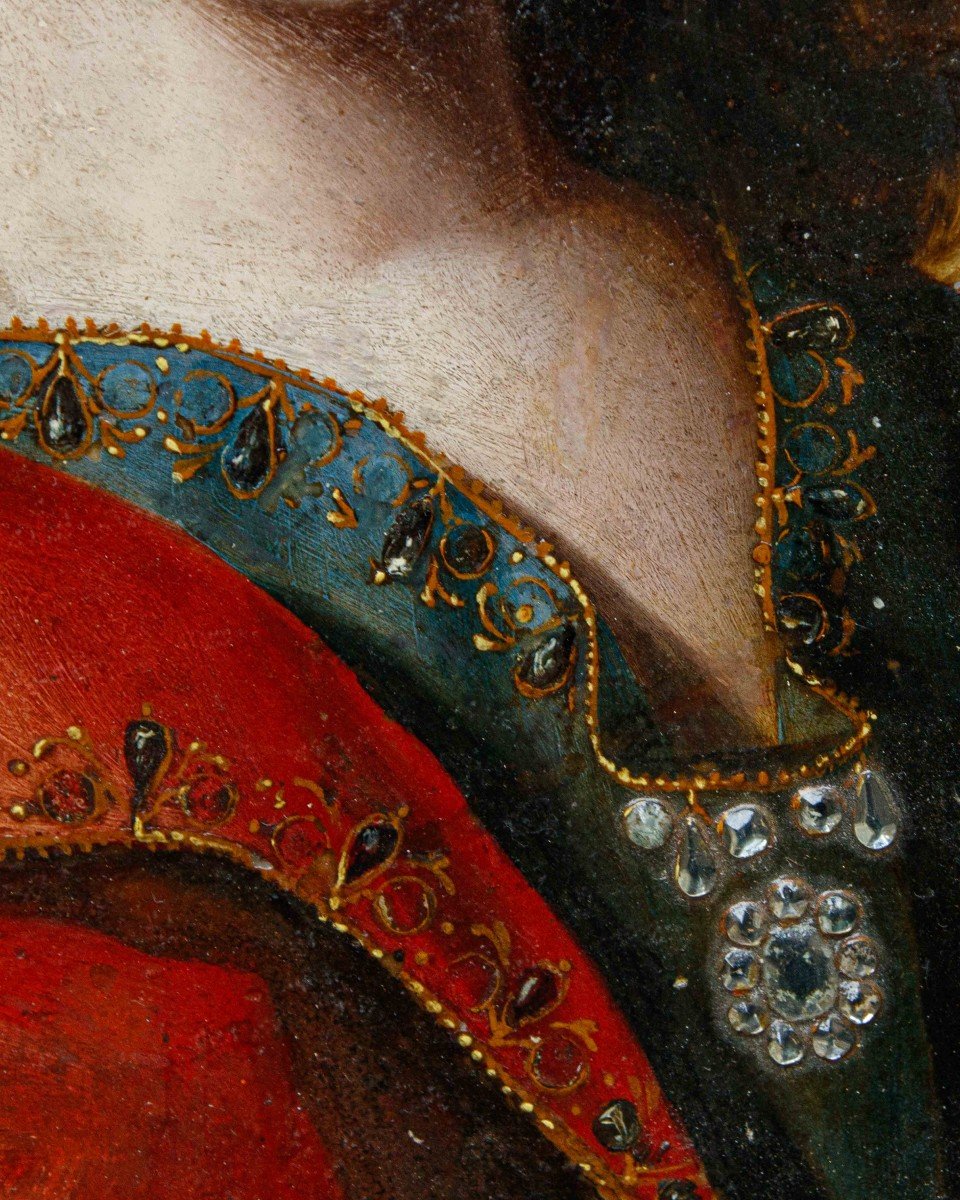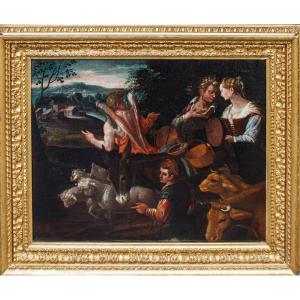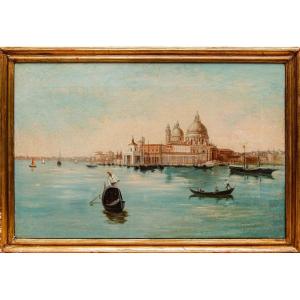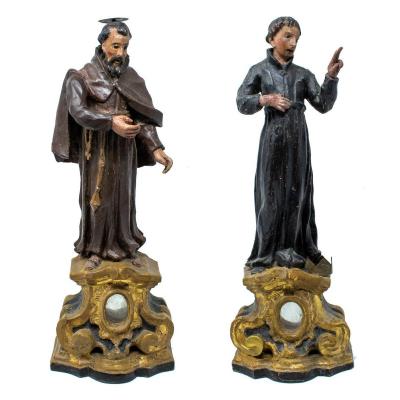Christ the Child and the Virgin
Oil on marble and inlays of stones from the Rhine, cm 30.5 x 26
With frame, cm 44 x 38
In the portrait production of Jean Ducayer and Jean Leblond, this couple is distinguished by its religious subject of the Virgin and the Christ Child. The models of the two figures could be identified with Anne of Austria and the child Louis XIV, in line with the propaganda of the royal family at the time of the protests against absolute monarchy. After the death of Louis XII in 1643, his wife Anna became regent for her son Louis XIV until 1651, while facing the revolt of the parliamentary Fronde (1648-1649). In some engravings and paintings of the period, the couple formed by Anne of Austria and Louis XIV is seen as a counterpart to the Virgin and the Child Jesus, with the queen regent, in mourning, wishing to be associated with the most perfect of mothers: the Virgin Mary. The inseparability of the couple, despite being divided into two different frames, is to be traced back to the genre, very widespread in France during the regency of Anne of Austria, of regards, that is, of "looks". The Catholic fervour of the queen, who had called her son Luigi a gift of God, helps to understand the reasons for this iconographic choice in the French panorama of the first half of the seventeenth century, when he was active as a portraitist Jean Ducayer, artist to whose school the two small marbles are attributed.The series of portraits created by the artist is in line with the pose, the costumes and the rendering of the facial features that we find here, close to the vein of works identifiable as state portraits. The effort is therefore aimed at making the political and social status of the deceased very clear. We focus on the most obvious attributes of power and wealth while the model is depicted, with assorted and impenetrable appearances, almost to underline its impersonal immutability and impermeability to the course of events. The success of this genre during the seventeenth century is expressed in the long series of portraits of European rulers, nobles and courtiers of which several versions were produced, often by followers or students of artists as in this case. The faces of the two French kings, transferred in religious context, are enriched by precious hard stones like the Rhine stones, or glass crystals carved and engraved by hand to increase their brightness, placed in the crown and in the pendant, that stand out on the smooth surface of the marble, cut in an octagonal shape and inserted into two oval frames in oak, printed and gilded, from the Louis XVI period.










































 Le Magazine de PROANTIC
Le Magazine de PROANTIC TRÉSORS Magazine
TRÉSORS Magazine Rivista Artiquariato
Rivista Artiquariato